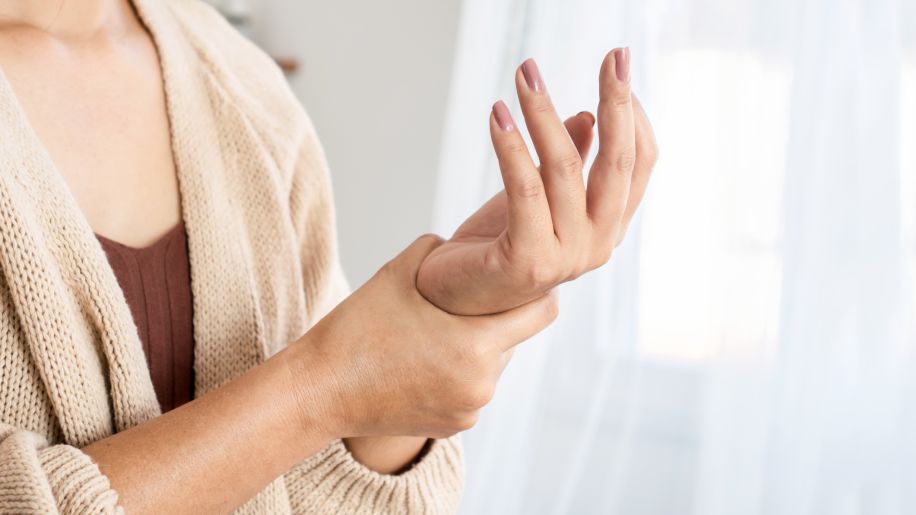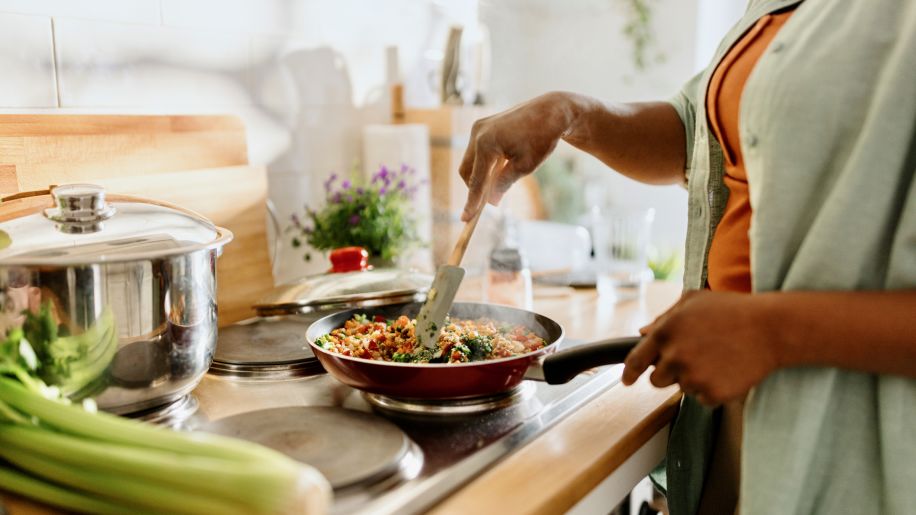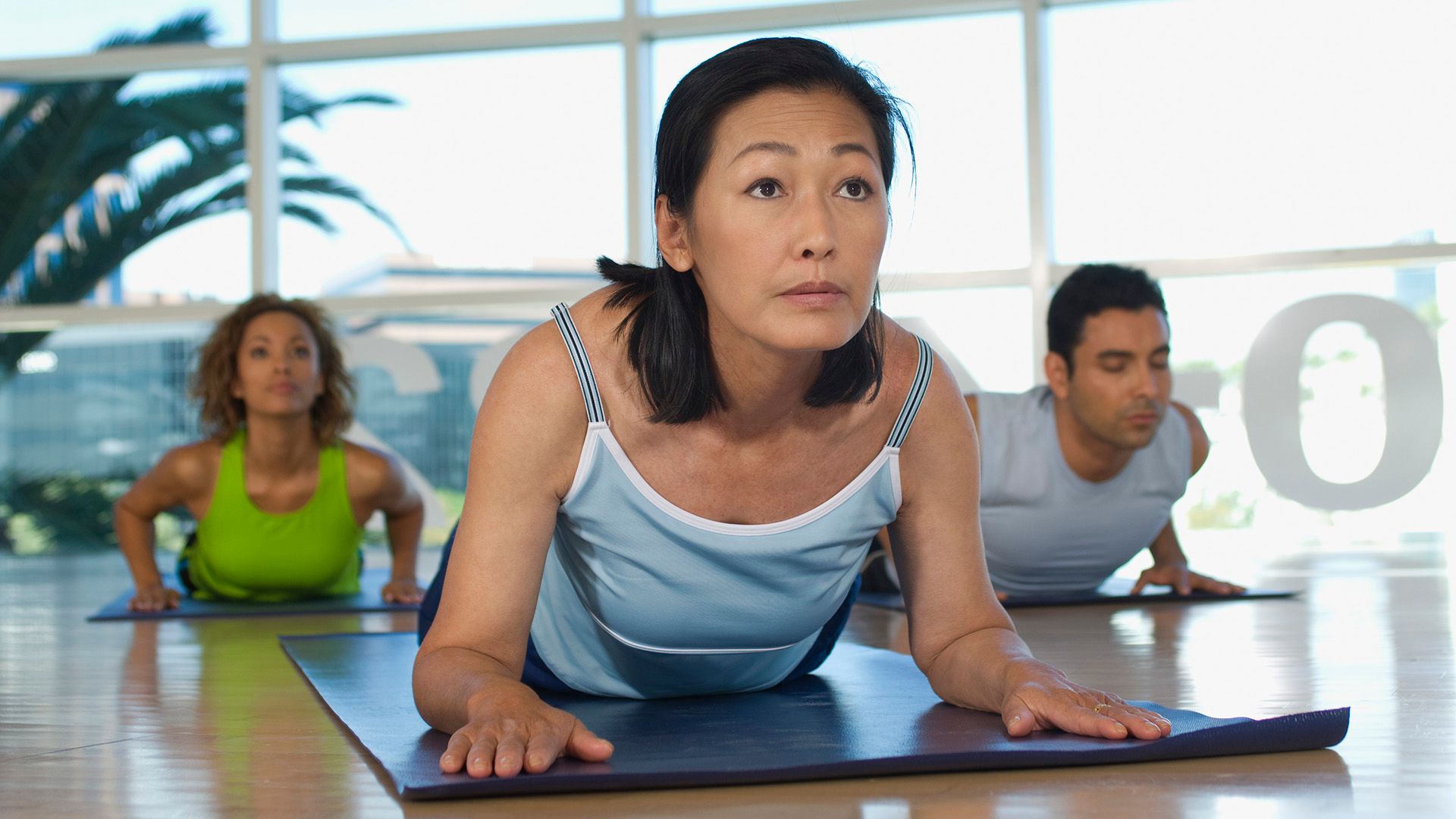5 natural ways to ease rheumatoid arthritis pain
Use these strategies to soothe stiff, achy joints and help prevent RA flare-ups.

Rheumatoid arthritis (RA) is an autoimmune disorder in which the body’s immune system attacks the synovium—the thin membrane that surrounds the joints—causing inflammation, joint pain, swelling, redness and stiffness.
Over 1.3 million Americans suffer from rheumatoid arthritis, and women are 2.5 times more likely to develop the condition than men. Typical onset is between the ages of 30 to 50.
As anyone suffering from RA pain knows, symptoms can range from mild discomfort to searing pain that makes it impossible to perform even the simplest tasks, like carrying a basket of laundry. Over time and if left untreated, inflammation may lead to joint deformities and damage due to the erosion of cartilage and bones between the joints.
While there are many types of arthritis, one main characteristic of RA is that it occurs symmetrically on both sides of the body. It typically affects the wrist and finger joints, although other joints—including the neck, ankles and feet—may be affected as well. Some patients develop symptoms—such as anemia—unrelated to their joints.
Medications are one way to reduce inflammation and ease pain—and even help RA go into remission. But there are a number lifestyle changes that can help avoid flare-ups and manage this chronic condition.
Medically reviewed in March 2020.

Stay Limber
While morning stiffness is common, continued inactivity throughout the day will only keep your joints feeling achy. Doing appropriate exercises on a regular basis helps maintain your range of motion, increases flexibility and builds muscle strength, which is necessary to keep your joints stable.
If you haven’t been moving much, talk to your healthcare provider about working with a physical therapist to learn safe ways to get started. And don’t forget to include cardio activity: it helps fight RA fatigue by increasing your stamina. Cardio exercise also boosts endorphin levels—the feel-good neurotransmitters that block pain and produce feelings of well-being. Easy-on-the-joints options include walking and swimming.
As important as it is to exercise, there are times—such as during a flare—when you may need to dial back on the intensity. While it may be tempting not to exercise at all during flares, it would be better to combine rest with light exercises to keep joints from becoming stiff.

Give Your Joints TLC
Sometimes wearing a splint to support joints is useful. By giving the joint a rest, it can help reduce swelling and pain. Typically splints are used on wrists and hands, but they can be used on ankles and feet as well—whichever joints are giving you the most trouble. Ask your healthcare provider about using a splint—they can help you choose the right one and check the fit. Applying a hot or cold pack can also help ease symptoms.
You may want to work with an occupational therapist, who can show you how to do everyday activities—such getting up and down from chairs and the toilet—with less stress. An occupational therapist may also recommend self-help devices, such as zipper pulls.

Keep Stress in Check
Stress can magnify and worsen joint pain and, for that matter, any type of pain. Granted, when you’re in middle of a flare-up, it can be tough to remain calm. It’s not unusual to feel angry and frustrated by limitations in your activities as well.
Well-known strategies for stress reduction include exercise (remember those feel-good endorphins) and relaxation/deep-breathing exercises. Be sure to keep your healthcare provider up-to-date on all of your symptoms for additional help. There may be a support group or other resource that can connect you with others living with RA.

Manage Your Weight
If your BMI is over the healthy range, losing extra pounds can ease the pressure on your joints, reducing inflammation and pain. Eating a healthy diet that’s rich in fresh fruits, veggies and healthy sources of protein—and light on highly processed foods with unhealthy fats—can boost your overall health and help you shed pounds. And while healthy eating is crucial for weight loss, so too is portion control. Eating more calories than your body needs—even if the food is healthy—can sabotage your weight loss efforts.

Get Enough Rest
Excessive fatigue is one common RA symptom, which is why it’s important not to skimp on sleep. And yet, according to the Arthritis Foundation, up to 80 percent of people with arthritis find it challenging to get the sleep they need. That lack of slumber can do more than make you groggy the next day. In one 2009 study published in Arthritis Research and Therapy, researchers found that in RA patients, sleep problems may be tied to even higher levels of pain during the day.
Practicing good sleep hygiene, such as limiting caffeine, sticking to a regular sleep schedule and shutting off electronics before bedtime can foster better sleep. Relaxing activities like a warm bath cannot only make you sleepy, it can relieve achy joints.
Featured Content


video

slideshow

article

article

article
